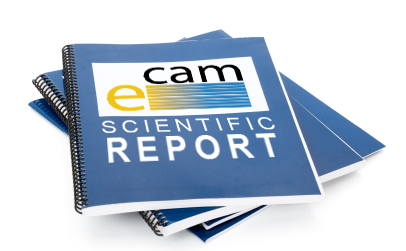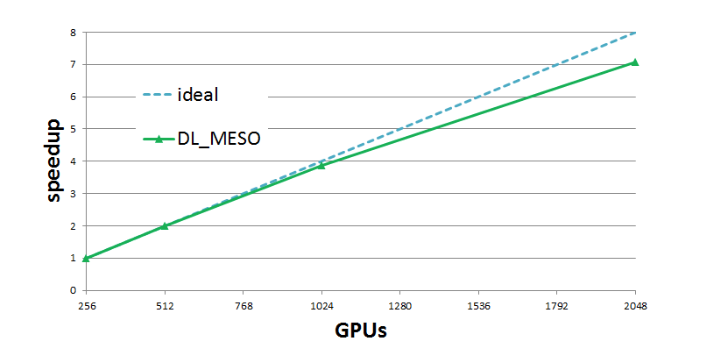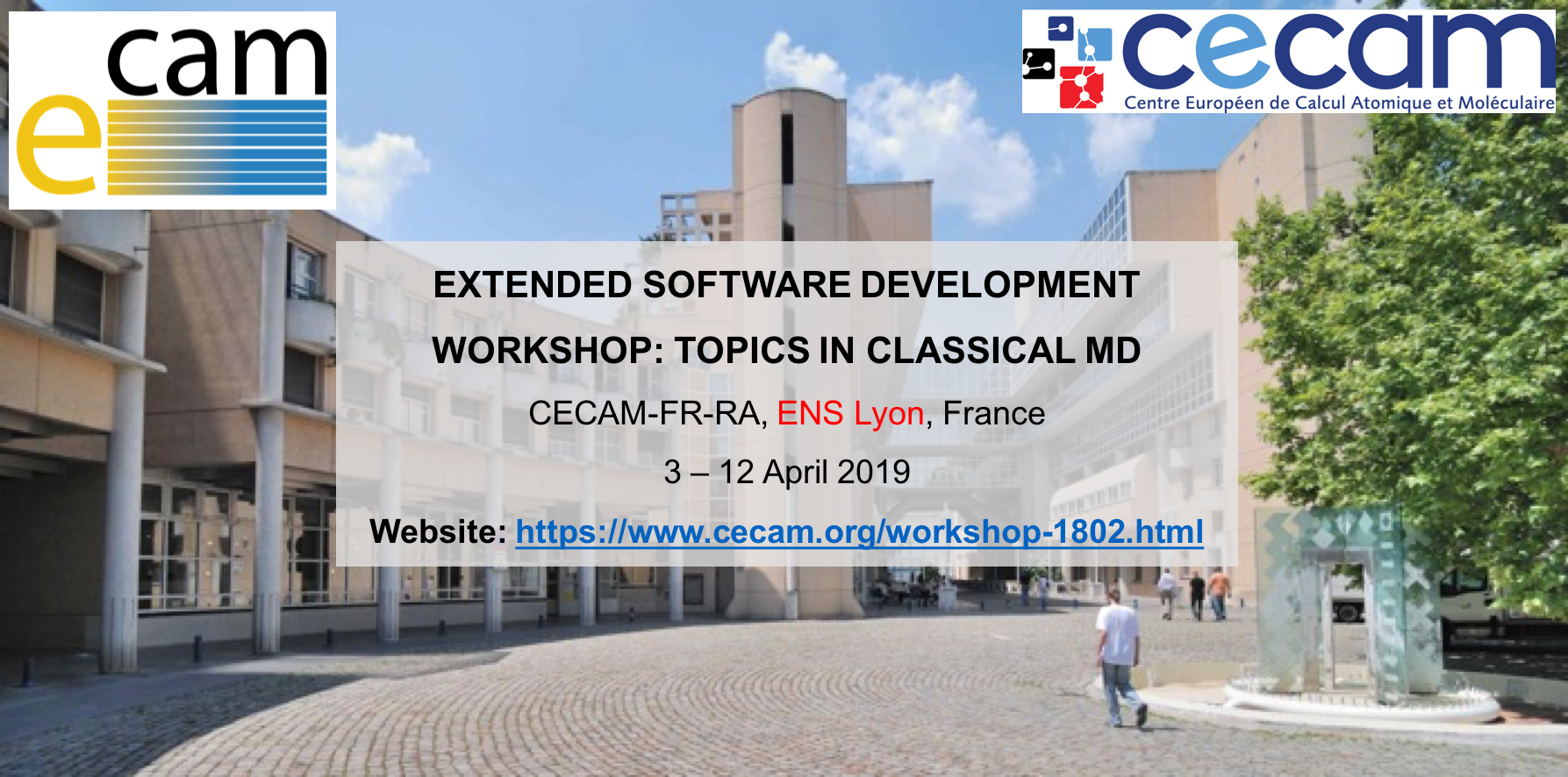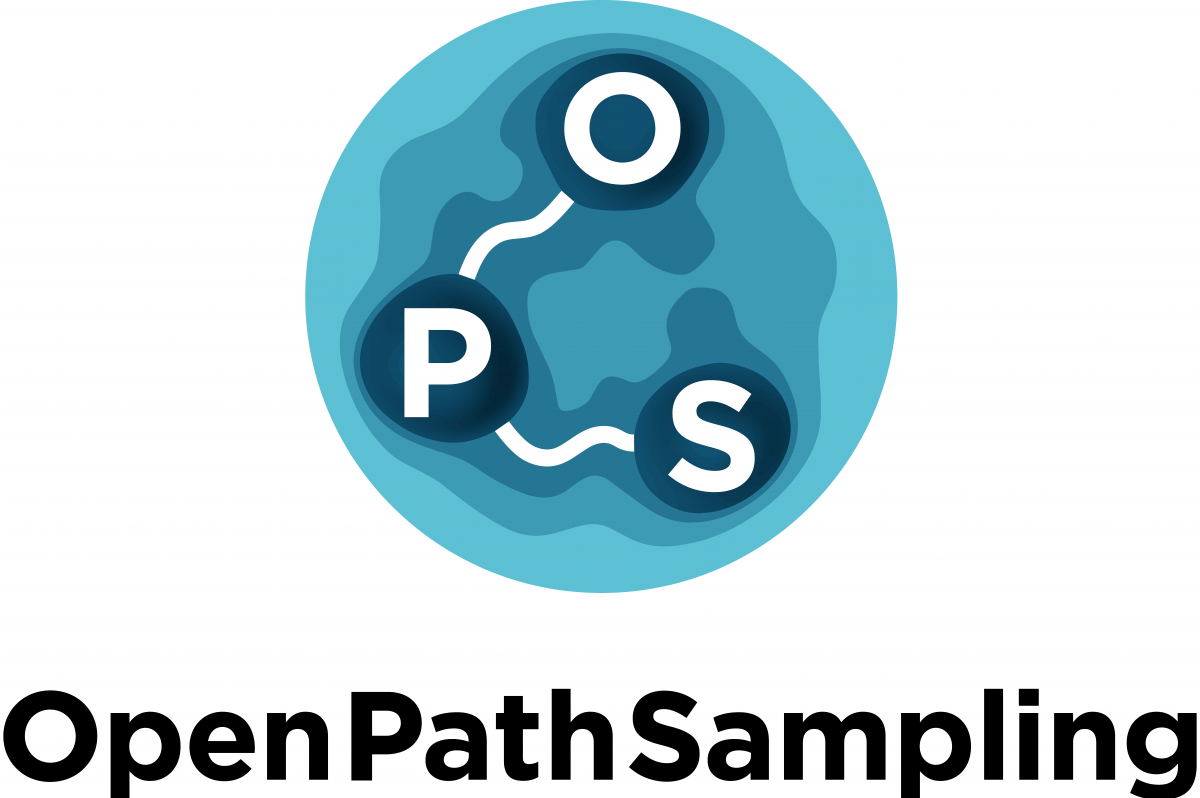Scientific Report from State-of-the-Art Workshop “Improving the accuracy of ab-initio predictions for materials” is available on our website

The workshop scientific report from the E-CAM State-of-the-Art Workshop Improving the accuracy of ab-initio predictions for materials, that took place on the 17-20 September 2018 at the CECAM-FR-MOSER Node (France), is now available for consultation and download on our website under this link.
Short Description:
The State-of-the-Art workshop in the E-CAM Electronic Structure Work-Package (WP2) gathered together 38 participants from the academic research world, shared in a rather equilibrated fashion among Density Functional Theory, Quantum Monte Carlo and Machine Learning communities, and one industrial researcher from Scienomics. Key topics to the development of the field of computational materials science from first principles were thoroughly discussed, from which the following outcomes have emerged: (1) Importance of computational benchmarks to assess the accuracy of different methods and to feed the machine learning and neural network schemes with reliable data; (2) Need of a common database, and need to develop a common language across different codes and different computational approaches; (3) Interesting capabilities for neural network methods to develop new correlated wave functions; (4) Cross-fertilizing combination of computational schemes in a multi-scale environment; and (5) Recent progress in Quantum Monte Carlo to further improve the accuracy of the calculations by taking alternative routes. Limitations in the field and open questions were also debated, as described in the workshop scientific report.
Other scientific reports from State of the Art and Scoping workshops can be found at https://www.e-cam2020.eu/scientific-reports/.
Scientific Report from State-of-the-Art Workshop “Large Scale activated event simulations” is available on our website

The workshop scientific report from the E-CAM State-of-the-Art Workshop Large scale activated event simulations that took place on the 1-3 October 2018 in the CECAM-AT Node (Austria), is now available for consultation and download on our website under this link.
Short Description:
The State-of-the-Art workshop in the E-CAM classical molecular simulation work-package (WP1) brought together 40 participants including scientists from non-academic research centres, to discuss computational approaches capable of addressing time scale problems in complex systems in materials science and biophysics. Scientific discussions at the workshop centred around three fundamental computational challenges closely related to the time scale problem of classical MD simulation: (1) The calculation of the populations of metastable states of an equilibrium system; (2) The sampling of transition pathways between long-lived (meta)stable states and the calculation of reaction rate constants; and (3) The extraction of useful mechanistic information from the simulation data and the construction of low-dimensional models that capture the essential features of the process under study. The main outcomes from each discussion are described in the workshop report.
Two open discussion sessions revolved on efficient path sampling methods and the identification of reaction coordinates; and how machine learning approaches can be used to make progress in this area. Another important goal of the workshop was to debate about how to facilitate the use of simulation and modelling in industrial settings, with the workshop participants with industrial experience emphasing the importance of detailed project management and, in particular, the need to have very clear agreements about intellectual property rights.
Other scientific reports from State of the Art and Scoping workshops can be hound here: https://www.e-cam2020.eu/scientific-reports/.
Porting of electrostatics to the GPU version of DL_MESO_DPD
The porting of DL_MESO_DPD [1,2] to graphic cards (GPUs) was reported in deliverable D4.2 of E-CAM[3] (for a single GPU) and deliverable D4.3 [4] (for multiple GPUs) (Figure 1), and has now been extended to include electrostatics, with two alternative schemes as explained below. This work was recently reported on deliverable D4.4[5].

Figure 1: DL_MESO strong scaling results on PizDaint, obtained using 1.8 billion particles for 256 to 2048 GPUs. Results show very good scaling, with efficiency always above 89% for 2048 GPUs.
To allow Dissipative Particle Dynamics (DPD) methods to treat systems with electrically charged particles, several approaches have been proposed in the literature, mostly based on the Ewald summation method [6]. The DL_MESO_DPD code includes Standard Ewald and Smooth Particle Mesh Ewald (SPME) methods (in version 2.7, released in December 2018). Accordingly, here the same methods are implemented for the single-GPU version of the code. Continue reading…
Topics in Classical MD – Extended Software Development Workshop

E-CAM is organising an Extended Software Development Workshop in Topics in Classical MD from 3 to 12 April 2019, which is a major coding initiative that will combine lectures; coding sessions and hands-on training.
Topics at this workshop will include using and extending modern MD software in the domains of:
- advanced path sampling methods (and the software package OpenPathSampling)
- metadynamics and the calculation of collective variables (and the software package PLUMED)
- machine learning for molecular dynamics simulatons (including local structure recognition and representation of potential energy surfaces).
In addition, this workshop will feature an emphasis on performance testing and benchmarking software, with particular focus on high performance computing.
This is a great opportunity to bring your software development project in all specialist domains of Classical MD and spend two weeks in the beautiful city of Lyon with other peers and with experienced coders. More information and apply through the CECAM website at: https://www.cecam.org/workshop-1802.html.
Two papers introducing OpenPathSampling, a software package to study rare events

Two papers introducing to OpenPathSampling (OPS) were recently published :
- OpenPathSampling: A Python Framework for Path Sampling Simulations. 1. Basics [1]
- OpenPathSampling: A Python Framework for Path Sampling Simulations. 2. Building and Customizing Path Ensembles and Sample Schemes [2]
CTMQC, a module for excited-state nonadiabatic dynamics
CTMQC is a module for excited-state nonadiabatic dynamics. It is used to simulate the coupled dynamics of electrons and nuclei (ideally in gas phase molecular systems) in response to, for instance, an initial electronic excitation.
The CTMQC module is based on the coupled-trajectory mixed quantum-classical (CT-MQC) algorithm [1,2] that has been derived starting from the evolution equations in the framework the exact factorization of the electron-nuclear wavefunction [3,4,5]. The CTMQC algorithm belongs to the family of quantum-classical methods, as the time evolution of the nuclear degrees of freedom is treated within the classical approximation, whereas electronic dynamics is treated fully quantum mechanically. Basically, the nuclei evolve as point particles, following classical trajectories, while the electrons generate the potential inducing such time evolution.
In its current implementation (used in Refs. [6,7]), the module cannot deal with arbitrary nuclear dimensions, but it is restricted to treat up to 3-dimensional problems, which gives the possibility to compare quantum-classical results easily and directly with quantum wavepacket dynamics. CTMQC has been analyzed and benchmarked against exact propagation results on typical low-dimensional model systems [1,2,6,7], and applied for the simulation of the photo-initiated ring-opening process of Oxirane [8]. For this study, CTMQC has been implemented in a developer version of the CPMD electronic structure package based on time-dependent density functional theory. Concerning electronic input properties, the CTMQC module requires a grid representation of the adiabatic potential energy surfaces and of the nonadiabatic coupling vectors, since the electronic dynamics is represented and solved in the adiabatic basis.
This feature allows the algorithm to be easily adaptable, in the current form, to any quantum chemistry electronic structure package. The number of electronic states to be included is not limited and can be specified as input.
Practical application and exploitation of the code
Software documentation can be found in our E-CAM software Library here.
9 software modules recently delivered in the area of Meso and Multi-scale Modelling
In this report for Deliverable 4.4 [1] of E-CAM, nine software modules in meso– and multi–scale modelling are presented. Four of the modules have been implemented in DL_MESO_DPD:
• Ewald method for the GPU version of DL_MESO_DPD
• Smooth Particle Mesh Ewald (SPME) method for the GPU version of DL_MESO_DPD
• Analysis of local tetrahedral ordering for DL_MESO_DPD[2]
• Consistency check of input files in DL_MESO_DPD[2]
Five of the modules concern the Grand Canonical Adaptive Resolution Scheme (GC-AdResS) and have been developed, implemented and tested in/with GROMACS 5.1.0 and GROMACS 5.1.5 [3]. The patches provided are for GROMACS 5.1.5. The modules provide a recipe to simplify the implementation and to allow to look into a microcanonical (i.e., NVE-like) environment. They are based on the same principles as the Abrupt AdResS modules reported in a previous deliverable D4.3[4].
Furthermore, we provide all the tools necessary to run and check the AdResS simulations. The modules are:
• Local Thermostat Abrupt AdResS
• Thermodynamic Force Calculator for Abrupt AdResS
• Energy (AT)/Energy(interface) ratio: Necessary condition for AdResS simulations
• Velocity-Velocity autocorrelation function for AdResS
• AdResS-Radial Distribution Function (RDF).
A short description is written for each module, followed by a link to the respective Merge-Request on the GitLab service of E-CAM. These merge requests contain detailed information about the code development, testing and documentation of the modules.
Full report available here.
[1] S. Chiacchiera, J. Castagna, and C. Krekeler, “Meso– and multi–scale modelling E-CAM modules III,” Jan. 2019. [Online]. Available: https://doi.org/10.5281/zenodo.2555012
[2] This work is part of an E-CAM pilot project focused on the development of Polarizable Mesoscale Models
[3] This work is part of an E-CAM pilot project focused on the development of the GC-AdResS scheme
[4] B. Duenweg, J. Castagna, S. Chiacchiera, H. Kobayashi, and C. Krekeler, “Meso– and multi–scale modelling E-CAM modules II,” Mar. 2018. [Online]. Available: https://doi.org/10.5281/zenodo.1210075
Issue 9 – October 2018
E-CAM Newsletter of October 2018
Get the latest news from E-CAM, sign up for our quarterly newsletter.
E-CAM program of events 2019 is out
 Check out our program of events for this year, running from April 2019 to February 2020:
Check out our program of events for this year, running from April 2019 to February 2020:
See the details of each event to learn how to apply. E-CAM events are part of the annual CECAM flagship program, and are hosted at the different CECAM Nodes locations.
E-CAM runs three types of events every year:
- Scoping workshops (SCOWs)
- State-of-the-art workshop (SAWs)
- Extended Software Development Workshops (ESDWs)
For their definition see here. If you require any further information contact us at info@e-cam2020.eu.
Apply now!
